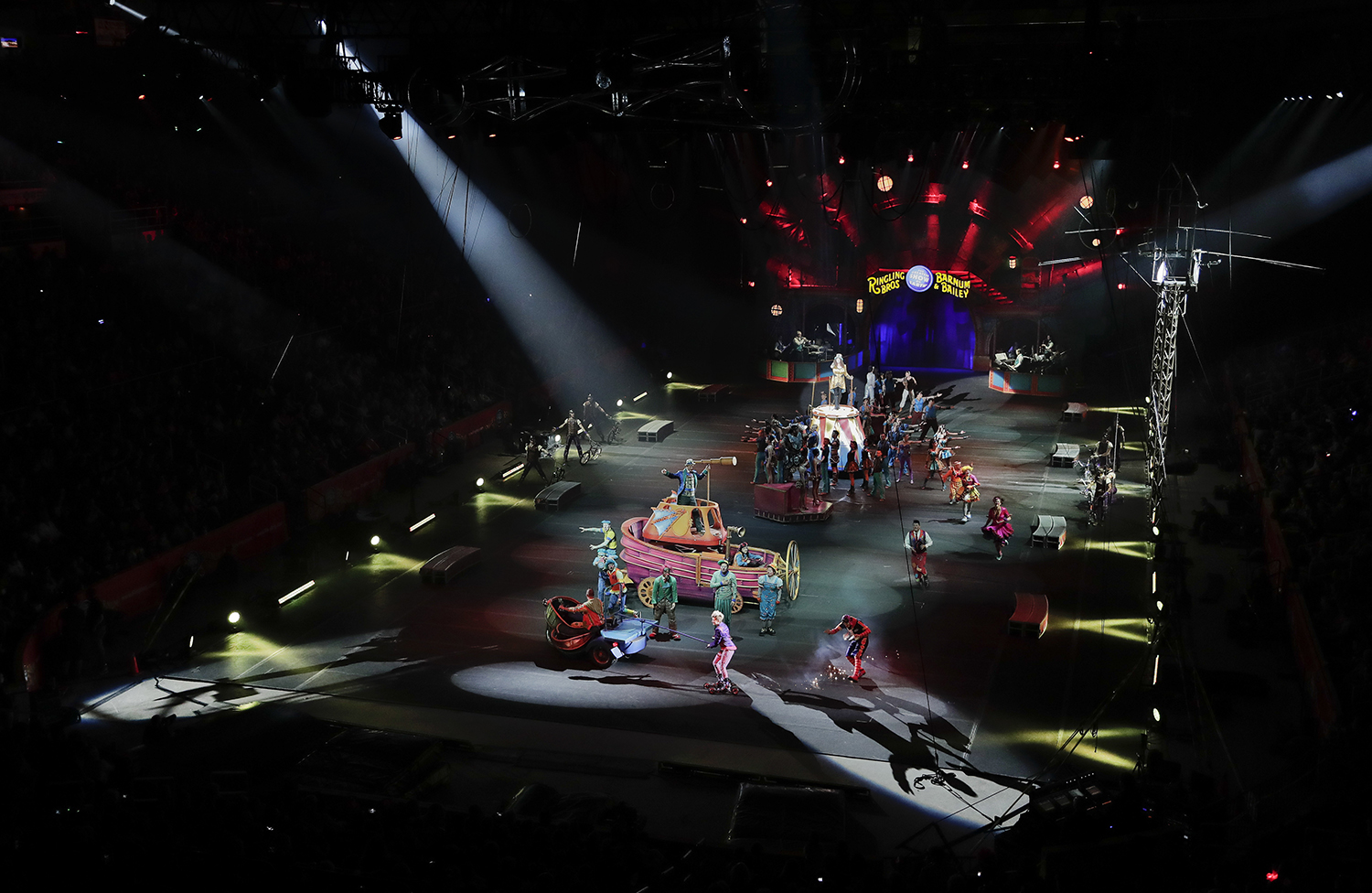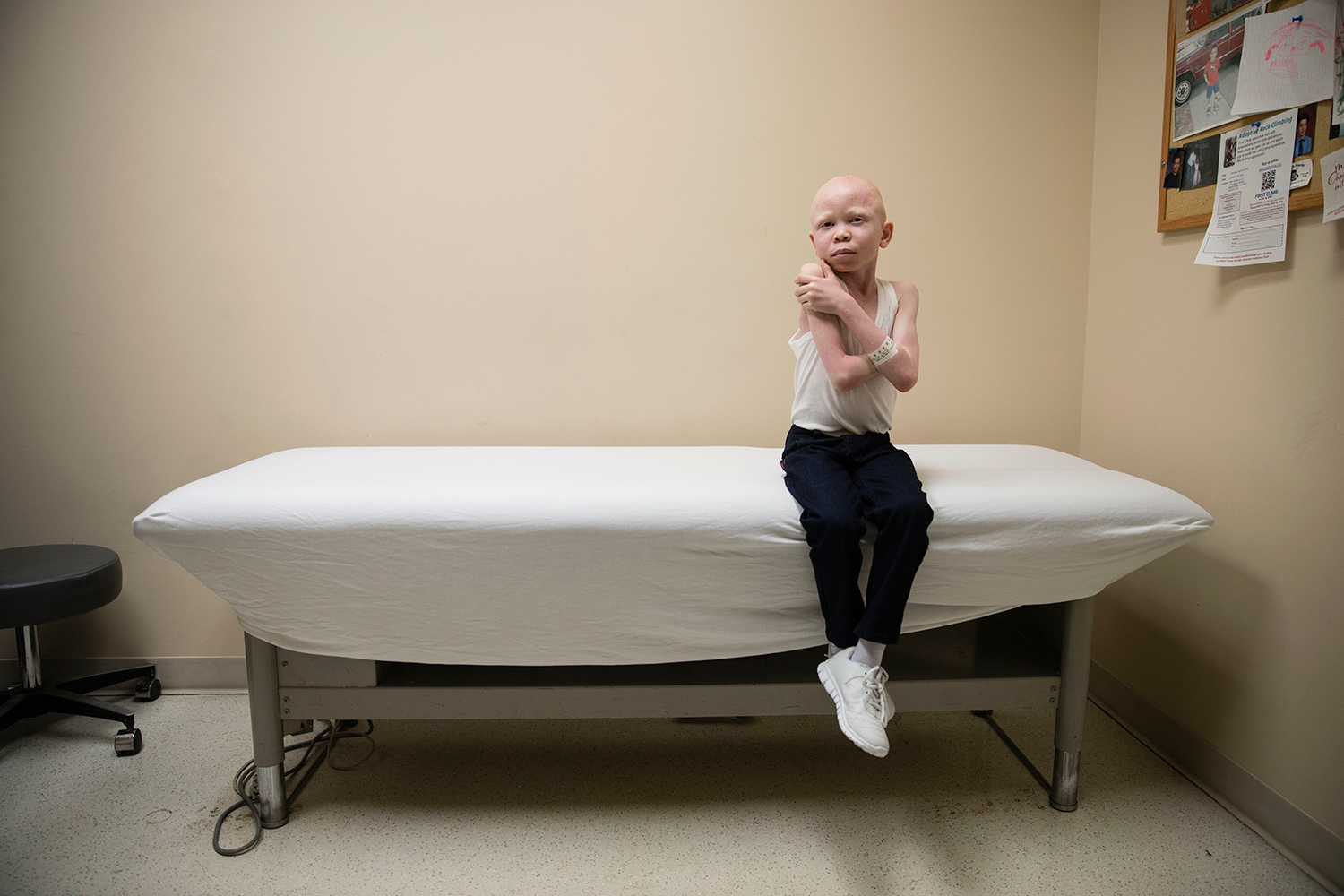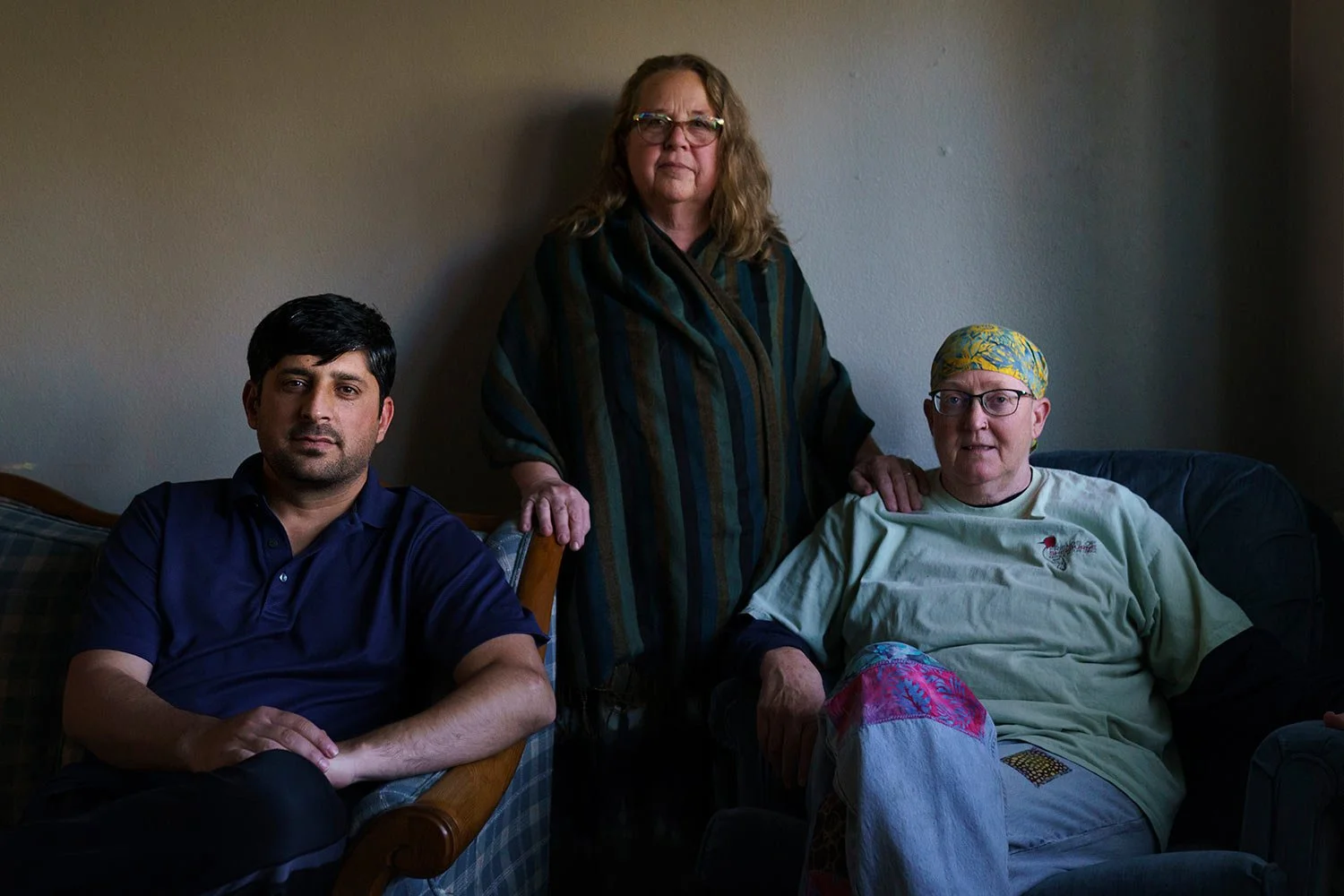Teens shootings in Syracuse leave grim legacy in small city

Weathered teddy bears marked the corner where 15-year-old Akil Williams was shot this summer. It’s one block from where a bullet struck a 17-year old in the knee. Nearby is the front porch where 18-year-old Tyshawn Lemon was killed last year as he talked to a girl, just two days before his high school graduation party.
Syracuse is a modestly sized city with a big problem. Teenagers are being killed or injured by guns at a rate far higher than most other cities.
From 2014 through this past June, 48 youths aged 12 to 17 in Syracuse were killed or injured in gun violence. The city’s rate of teen shootings per capita is more than double those seen in the vast majority of U.S. cities with populations of 50,000 or more, according to an Associated Press and USA TODAY Network analysis of shooting cases compiled by the nonprofit Gun Violence Archive.
The crack of gunshots is alarmingly common in part of this city of 143,000 people. Street squabbles too often spin up into shootings.
“I’ve never in my life seen such violence among young black kids ... I don’t understand it,” said Michelle Rushing, Tyshawn Lemon’s grandmother. “There’s no empathy. There’s no remorse. It’s like: Where does this come from? What’s happening? It’s like a dark cloud hanging over this city.”
Syracuse, on the northeastern fringe of upstate New York’s Finger Lakes region, has struggled to find its footing since factories making air conditioners and auto parts shut down. Not only is the 35 percent poverty rate higher than the nation’s largest cities, but there are extremely poor pockets. Syracuse had the highest level of poverty concentration among blacks and Hispanics of the nation’s 100 largest metropolitan areas, according to a 2015 report from the Century Foundation.
Researchers have linked high poverty rates to gun violence, and parts of Syracuse’s South Side are plagued by both. Neighborhoods here are dominated by old clapboard houses — some tidy, some falling apart. Though just down the hill from Syracuse University, the streets are a world away from the college’s stately halls and manicured greens.
City resident Arthur “Bobby” Harrison put it bluntly: Young people here are killing each other “for no reason.”
“It’s just kids angry at kids because this is what they’re told they’re supposed to do,” he said. “If someone tells you you’re bad all the time, even though you’re a good kid, you start acting bad because this is what they believe anyway.”
Harrison talked over the slap of boxing gloves on a punching bag at the Faith Hope Community Center, where neighborhood youths can shoot hoops, lift weights or spar in a ring next to a wall plastered with pictures of local boxers and role models such as Muhammad Ali and former President Barack Obama.
Harrison, who was serving in Attica state prison in 1971 during the infamously deadly uprising, believes in providing a firm hand for the teens who train here. But the gym also is a sanctuary for teens like Quishawn Richardson.
“It doesn’t remind you of all the violence that’s going on outside,” said Quishawn, a lanky 15-year-old who dreams of playing basketball up the hill at the university. “It shows you that Syracuse has got some places you can go to without getting hurt.”
Sgt. Richard Helterline said it was rare to get a gun off city streets when he joined the force more than two decades ago. Today, city police take in about a gun a day, either through criminal acts or found weapons. Sometimes gang members will have kids hold their guns, knowing the penalties are less severe for minors, he said.
With so many guns available, conflicts that used to be settled with fists now escalate into shootings, residents say. Akil Williams, for instance, was in an argument when he was shot July 12.
“If you get into a fight and you lose a fist fight, that’s an embarrassment. So a lot of people would rather pick up the gun, or a knife, and end it quick,” Maurice Crawley, who became a community activist after spending decades on the street.
In a sign of how entangled gun culture has become in the fabric of life here, Akil’s older brother pleaded guilty last year to killing a man more than twice his age when he was 15. Police have not said whether they believe the crimes are linked.
Community activist Mary Nelson believes fewer kids would resist the lure of the streets if it was easier to stay in school. She started an eponymous storefront youth center offering programs and food to families. She organizes an annual backpack and school supply giveaway with the help of dozens of local sponsors as part of her goal to keep more kids in school. About 10,000 backpacks were distributed last month, along with pens, pencils, rulers and calculators.
The violence even touches young men who stay in school and have no apparent connections to gangs.
Tyshawn Lemon was an easygoing, talkative teen who stayed out of trouble and got good grades, according to family members. He was learning to drive and planned to head to Maryland to study to become an electrician. He had gone to a job fair the morning he was shot in July 2016 to get money to put his Pontiac Grand Prix on the road. He still had braces.
“It just blew my mind because that wasn’t one of the worries or concerns I ever had about him,” said his mother, Lateefah Rhines. “Who would want to kill him? And for what?”
Tyshawn’s murder remains unsolved, and cases like his unnerve local parents.
Linnie Brown, who is pregnant with twins and has five children under the age of 8, said it can be hard to keep her children safe; they even get pushed around on the playground. She takes advantage of programs for children at the Mary Nelson Youth Center, where on a recent morning her kids ate breakfast and she lamented that they are so familiar with gunfire they are unfazed by the sound.
“It’s pretty sad when your kids are so comfortable with it,” she said. “They’re comfortable with the shooting because they hear it all the time.”
Text from the AP news story, Teens shootings in Syracuse leave grim legacy in small city, by Michael Hill.
Photos by Julie Jacobson
Visual artist and Journalist
















